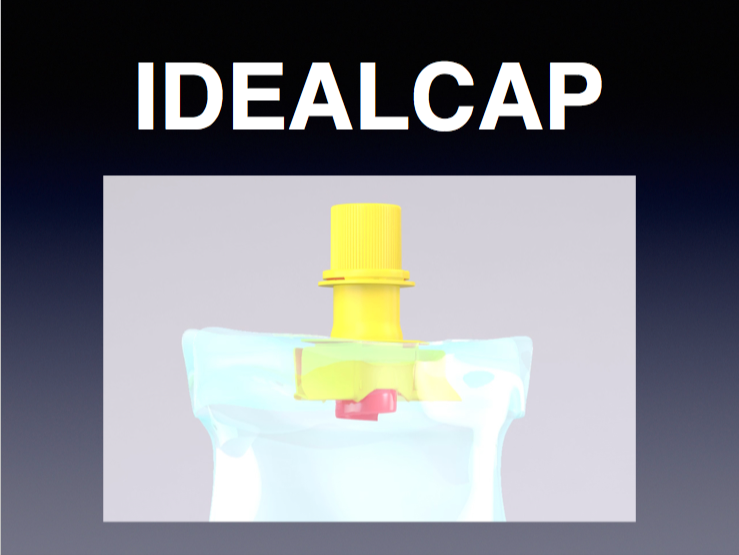
Idealpack general manager Giulio Ghisolfi announced a breakthrough in flexible packaging in the 2017 National Technical Forums at Auspack.
Idealpack has introduced a packaging solution which it claims will improve the application of reclosable spouts on aseptically filled stand-up pouches (SUPs).
According to GM Giulio Ghisolfi, the Aseptic Spouted Pouch (ASP), which launched for the first time in Australia at Auspack, is based on the idea of creating a new double-gusset pouch with an external piercing spout (IDEALCAP).
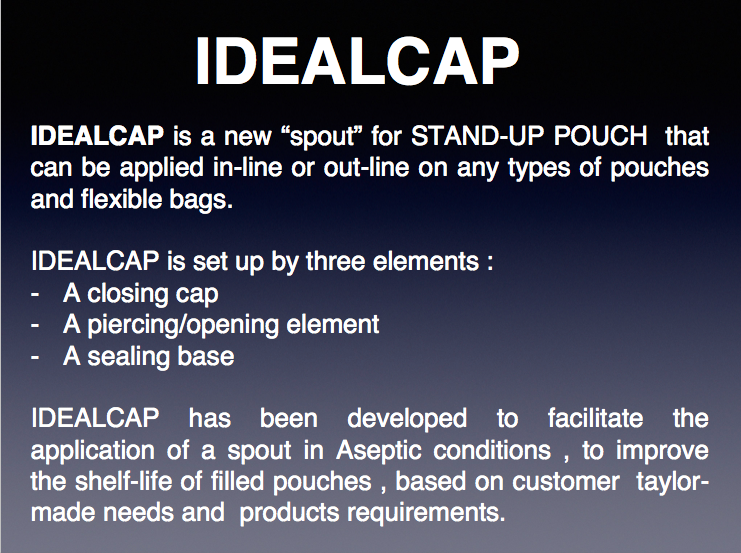
Ghisolfi says this application offers quality standards, efficiency, and an increase in shelf life.
“The filling line using this IDEALCAP spout, offers high productivity at over 250 pieces a minute, and the lowest possible head space in the pouch," he says.
The ASP solution suits food products in the baby and children’s market, housing such things as organic fruit and vegetables.
It also can be used to pack coconut water “with particulates”, as well as ready-made meals and condiments.
The solution is licensed to The Australian Pouch Company, otherwise known as Auspouch, for Oceania markets.
According to the company, the technology prevents sealing spout problems, which may occur during the filling stage on existing HFFS machines which are difficult to keep perfectly decontaminated.
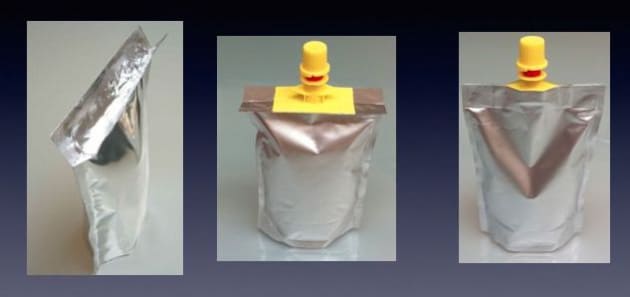
“The solution is light, versatile, and flexible, and adaptable to different processes,” Ghisolfi says.
The aseptic pouch avoids the need for preservatives , eliminate Oxidation inside the closed pack and ensures a sterilised package.
Edit By Alison Leader - Packagingnews
[ add comment ] ( 99 views ) | permalink |




 ( 3 / 2065 )
( 3 / 2065 )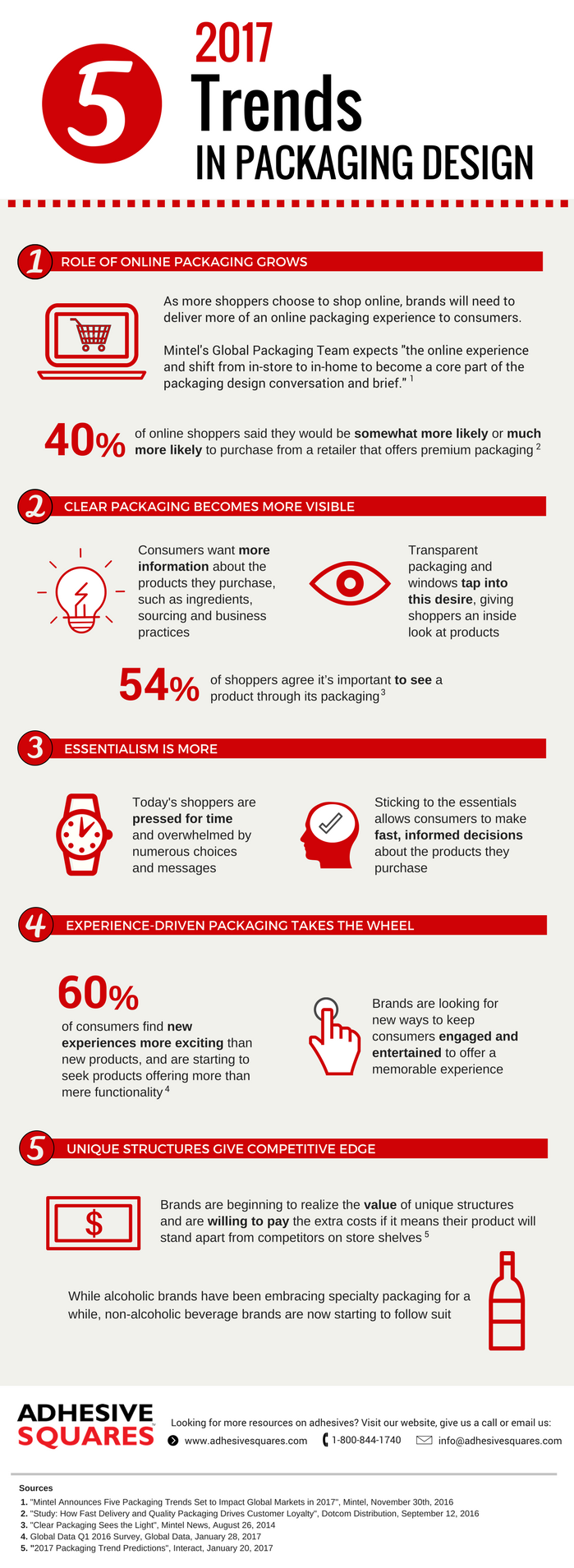
[ add comment ] ( 65 views ) | permalink |




 ( 3 / 149 )
( 3 / 149 )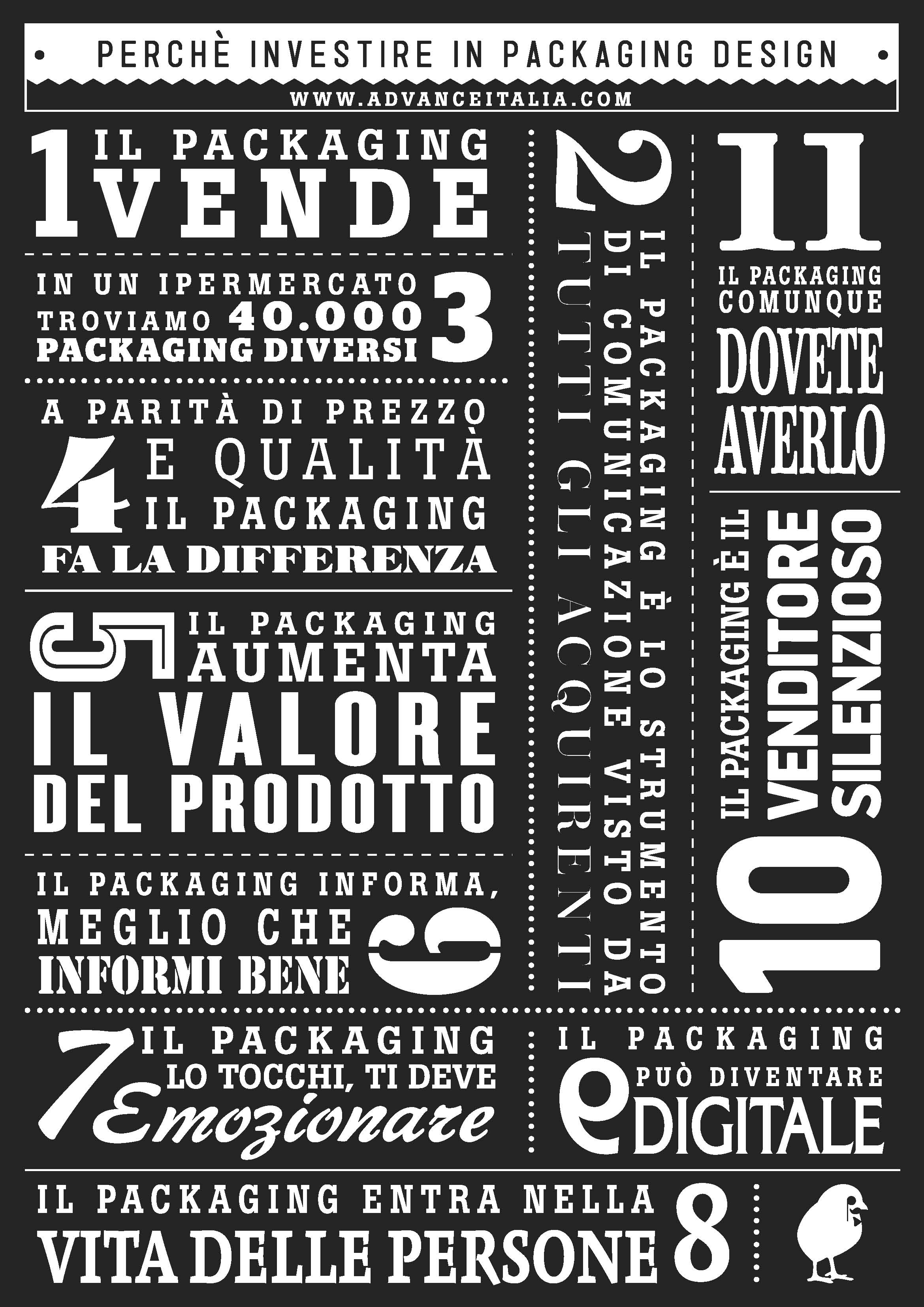
[ add comment ] ( 60 views ) | permalink |




 ( 2.9 / 1958 )
( 2.9 / 1958 )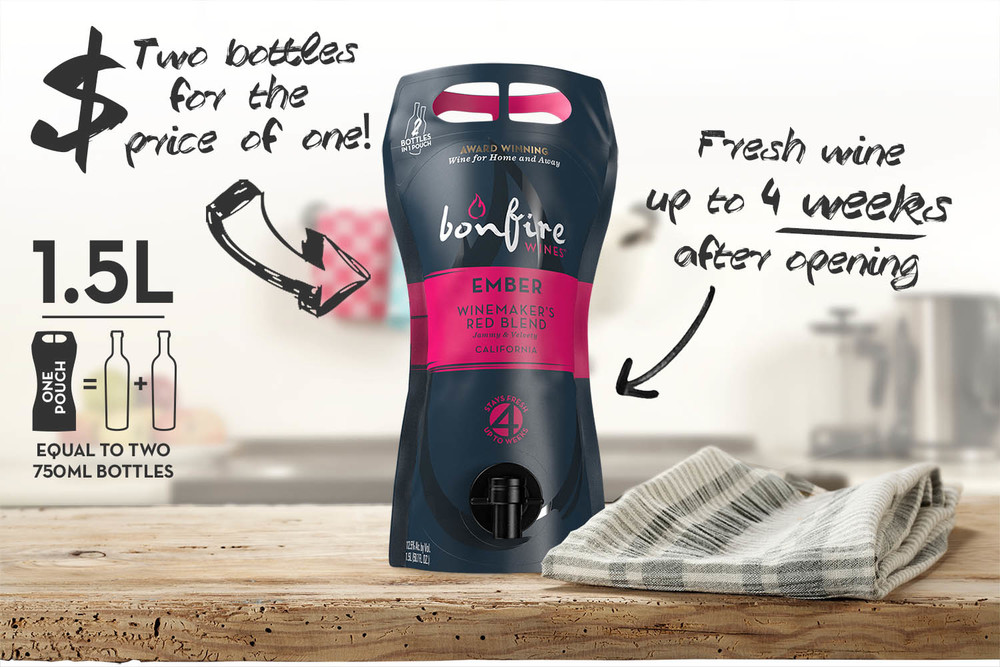
This week I ran a workshop at a large well-known company applying the three layer product model (3LPM). The 3LPM is a conceptual approach to categorizing the functionality in your product, platform or portfolio. As the name suggests, the functionality in the system is put into three boxes, i.e. commodity, differentiating or innovative. The model is shown in the figure below.
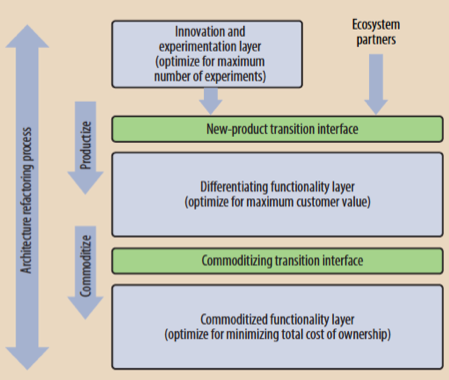
Commodity functionality refers to functionality that competitors offer as well. Consequently, this functionality needs to work, but doesn’t help the company distinguish itself from its competitors and through that drive sales.
Differentiating functionality concerns proven features that your company provides and the competition does not or that you provide in a significantly better way than others. As customers care about it, it helps you drive sales and consequently it matters.
Finally, Innovative functionality is concerned with unproven features that may provide future differentiation, but it’s unvalidated.
The process is, of course, that functionality starts of as innovative and when it proves successful, it is productized and becomes part of the differentiating functionality layer.
Once the competition catches up, the functionality becomes commodity.
As shown in the figure below, our research shows that 80-90% of all R&D effort is allocated to commodity functionality. This means that out of every 10 people in R&D, 8 or 9 work on functionality that no customer cares about. It just has to work and, if it does, nobody cares.
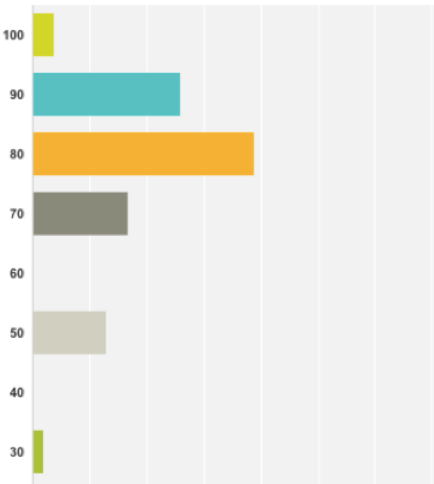
The question of course is how a company stays competitive when the vast majority of its R&D staff works on things no customer cares about.
The answer is quite blunt: you don’t stay competitive this way.
You have to work very hard on freeing up resources in the commodity functionality using a variety of strategies, ranging from replacing proprietary functionality with open-source or commercial components to outsourcing commodity functionality to suppliers in low-wage countries.
If we had only seen one or two companies in this situation, it would have been an exception. However, I have now asked well over 50 companies for their self-assessed estimation of R&D effort into commodity and the answer averages around the 80-90%. Just reflect on this for a moment: 9 out of 10 people in your R&D organization work on things no customer gives a flying hoot about!
So, what to do about this? Well, going back to the company that I visited this week, the first step is to assess where you are. This means systematically decomposing your system into smaller and smaller elements until each can be uniquely classified as commodity, differentiating or innovative.
Next is to assess inter-mingling and the dependencies between these elements and finally, it is estimating the resources allocated to each element on an ongoing basis.
This provides a current state assessment.
The next is to develop a vision of a desired state.
This is not a situation where there are no R&D resources spent on commodity – some will always be required – but rather a resource allocation state that is aligned with the business strategy and materially better than the current state. Finally, we need a transition plan that focuses on moving to the desired state such that the earliest actions bring the largest benefits.
Concluding, organizations routinely spend 80-90% of their R&D resources on commodity functionality. Although many view this as a necessary evil and assume that there is nothing that can be done to address this, there are many strategies that companies can employ to free up resources in commodity so that these can be applied to differentiation and innovation. Similar to many situations that leaders in R&D experience, don’t accept the status quo as the best or only way to do things. Challenge, develop alternatives, experiment and improve!
Author : Jan Bosch
Director Software Center, Professor of Software Engineering, Chalmers University
[ add comment ] ( 54 views ) | permalink |




 ( 3 / 651 )
( 3 / 651 )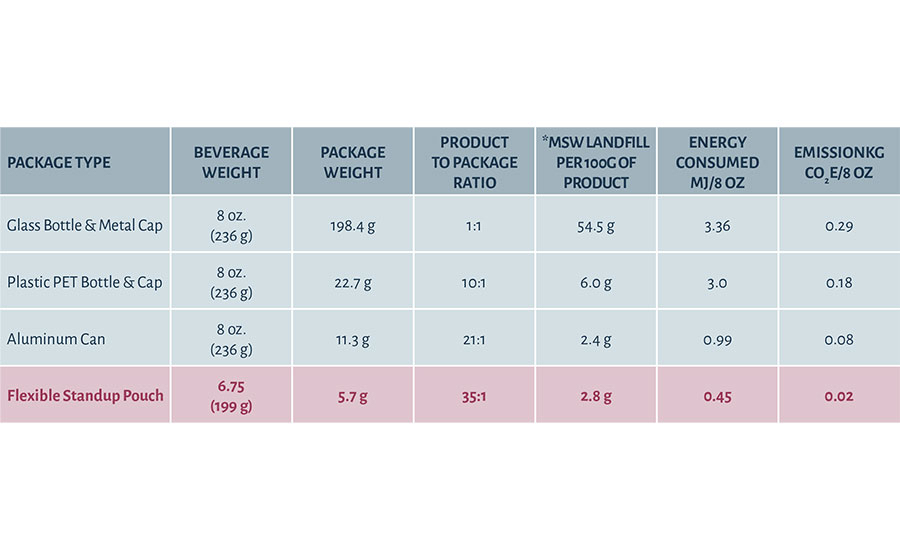
In a fast-paced world where convenience is currency, a continuing prominent trend in product packaging is the use of flexible plastic pouches.
More consumers are choosing pouches over traditional glass, paper and metal packaging, and even rigid plastics, as global market demand is projected to rise 6.2% annually to $37.3 billion in 2018.
Food is the largest and most developed market for pouch use due in great part to rising output and consumption rates worldwide. Pharma/medical and beverage are the second and third largest markets, respectively.
Japan is a country that has long been ahead of the pouch packaging trend, as urbanization and a fast-paced lifestyle keep space and time at a premium in Japanese cities.
The heat-resistant boil-in-a-bag (later microwavable) food delivery model addressed lifestyle needs of Japanese consumers as far back as in the 1970s, when more women were entering the workforce and convenience was compulsory.
Today, Japanese pouch-meals and pre-cut single-serving vegetables and meats respond to Japan’s aging population of elders who live alone (27% are 65 or older), pioneering innovation in the consumer retail experience.
Here in the U.S., consumer lifestyle trends demand increasingly convenience and portability of product, particularly in the food sector. Ease of use at home and on the go have become a requisite for driving the purchase of consumer foods. This is particularly true for Millennials, who represent about a fourth of the entire U.S. population with $200 billion in annual buying power; significantly, one in four Millennials are now parents, which not only compounds the demand for convenience, but their influence on future consumers (their children) and older generations (their parents). With less time to spare and more options than ever, consumers cite convenience as a consumer need that is increasingly addressed by the innovations offered by pouch packaging.
Advancements in seal and barrier technologies for the pouches market are keeping food fresher longer at all stages of the supply chain, contributing to a longer shelf life for both retailers and end-users.
As quality and healthfulness of convenience food products continue to increase in significance, pouch technologies allow a greater variety of these foods to be available to more consumers, geographically and economically speaking. For example, the dairy market segment, which includes yogurt (a product very much in demand), is expected to grow significantly through 2020 with the aid of these high-barrier pouches.
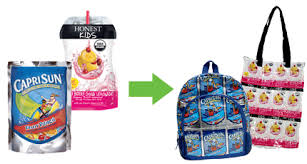
The environmental implications of pouches in food packaging and other markets are significant. Pouches are smaller and thinner than glass, paper and metal packaging and will use 60% less plastic and be 23% lighter compared to traditional rigid packaging on average. Both the stand-up and flat variety of pouch generally have a higher product-to-package ratio than rigid packaging and require about half of the energy required to produce, cutting down on the CO2 emissions released during production and during transport; taking up less space means fewer trucks are needed, reducing fuel consumption and additional CO2 emissions.
While flexible plastic pouches reduce landfill waste because they are lighter, less bulky and take up less volume than conventional packaging, it is important to note that they are not recyclable through the current waste management infrastructure. The multi-layer films from which most pouches are comprised are often made up of several different plastics, which are difficult to recycle because these components they require separating. Further, contact with food, beverage, medical and industrial substances requires additional processing so as to not contaminate recycled plastic batches.
This is not to mention the numbers associated with the waste created by single-serving items. Pouches now feature handles, zippers, easy-tear and resealable openings, spouts, straws, spoons and caps to name just a few types of the closures and fitments that make consumer food products easier to transport and use with high functionality, but make them that much more difficult to recycle due to their component parts.
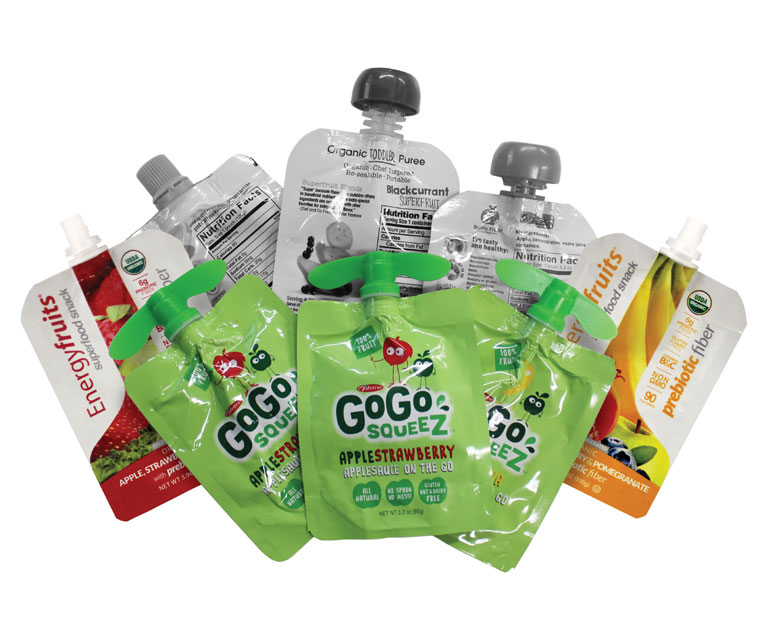
However, consumers do have free recycling options for their pouch waste. Companies solving for their pouch brand packaging through sponsored recycled programs with my company TerraCycle include GoGo squeeZ, GU Energy and Honest Kids, all of which make products with the on-the-go pouch configurations that are exemplars of the convenience and efficiency that pouches deliver.
Innovative, sustainable solutions for packaging consumer products, from sambar to soap, lie in inventing the most efficient, environmentally sound ways to accommodate the world’s changing lifestyles. Convenient, efficient and comparatively smaller in carbon foot print than some rigid packaging, pouches of all material compositions and shapes address consumer trends while moving in a good direction for waste reduction. “Necessity is the mother of invention,” and pouches continue to push enhanced functionality and convenience in excitingly fresh ways.
Author Tom Szaky, founder and CEO of TerraCycle, has won more than 50 awards for entrepreneurship,
[ add comment ] ( 102 views ) | permalink |




 ( 3 / 1924 )
( 3 / 1924 )

 Calendar
Calendar